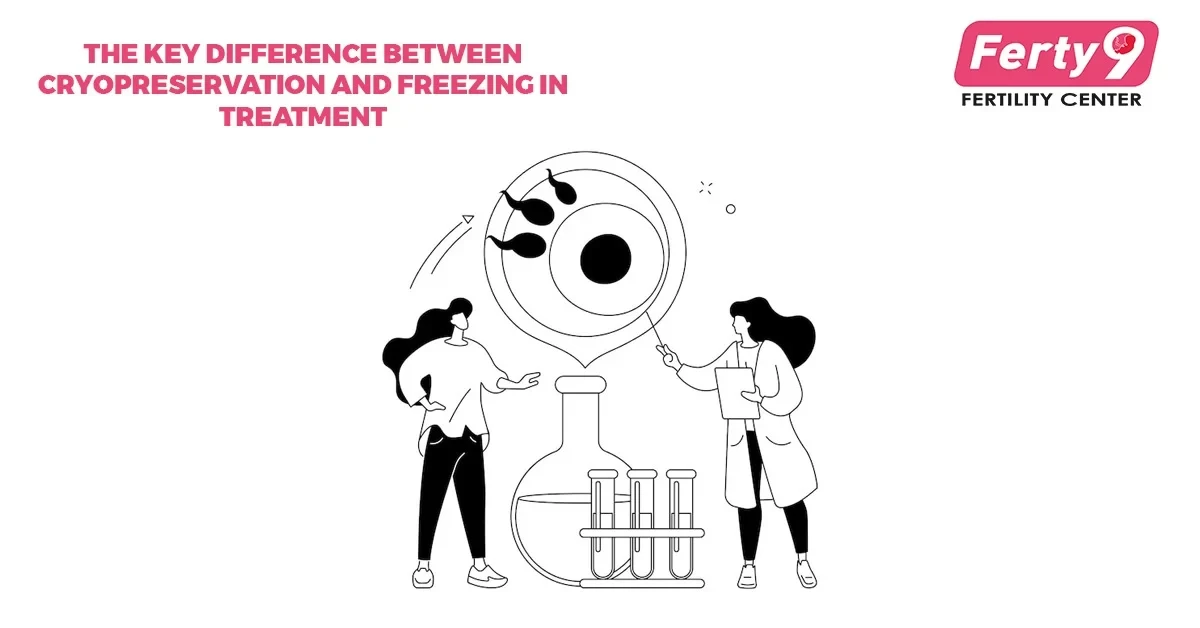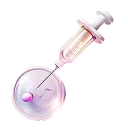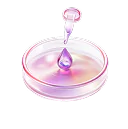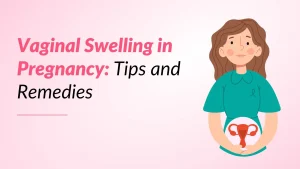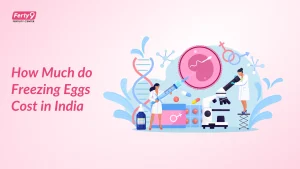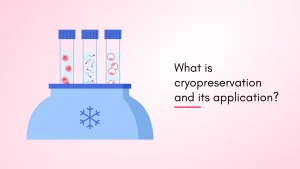Cryopreservation and Freezing is a Patient hoping for a child to opt for treatment for infertility as it helps to overcome infertility. IVF Treatment in Hyderabad is worth considering for its viable treatment.
The word cryo is derived from the Greek word “kayos” meaning “frost”, meaning “frozen state”. It is the process of cooling as well as storing cells, tissues, or organs at very low temperatures to maintain their viability. Cryopreservation happens to be a technique in which low temperature is made used to preserve the living cells as well as tissue. In this sort of technique, tissues can be preserved for a very long time. And IVF Treatment in Hyderabad is worth trying.
The main purpose of the Cryopreservation technique is to achieve low temperatures without really incurring further harm due to ice crystal formation during freezing. Infertility treatment is well geared toward recovery.
Related read: Freezing Eggs: Procedure, Cost, and Anticipations
Steps of Cryopreservation
The technique followed by the regeneration of plants involves the following steps.
- Selection of Material
- Addition of Cryoprotectant
- Storage in Liquid Nitrogen: This is considered to be important for the maintenance of the sale or material at a specific temperature. A continuous supply of nitrogen is rather required to prevent damage.
- Thawing: The thawing process is generally carried out by plunging the vials into a warm water bath with rather vigorous swirling.
- Washing & Reculturing: The preserved material is washed to remove the cryoprotectant.
- Measurement of Viability: Due to storage stress, there is a possibility of cell death.
- Regeneration of Plants: After that, the viable seeds are cultured on a non-specific growth medium.
Steps, Applications, and Advantages
Steps
The major steps in Cryopreservation are
- The process of combining CPAs with cells or tissues before cooling
- The freezing of cells or tissues at a given low temperature, followed by their storage
- The process in which cells or tissues happen to be warmed up
- After freezing, the process of removal of CPAs from cells or tissues for
- IVF Treatment in Hyderabad is worth trying.
Applications
In Medical sciences
Cryopreservation gained prominence in human medicine after its use in infertility treatment. Since then, gamete cryopreservation has been developed to combat infertility.
Advantages
Applications of Cryopreservation
- It is an ideal method for the long-term conservation of material.
- Disease-free plants can be conserved as well as propagated and recalcitrant seeds can be maintained for a long time.
- Endangered species can of course be maintained.
- Pollen can be maintained to increase longevity.
Advantages of Cryopreservation
- If the material is successfully conserved at a particular temperature, then it can be preserved identifiably.
- No change or contamination of fungus or even bacteria sort of takes place after the storage process is indeed completed and the material is preserved.
- Minimal space is rather required for cryopreservation.
- Minimal labor is also required for cryopreservation.
Freezing
Controlled-rate freezing can rather be achieved by making use of a controlled-rate freezer or by rather placing cryogenic vials in an isopropanol freezing container or an isopropanol-free container such as Corning CoolCell and then into a -80°C freezer to cool slowly overnight.
Treatment with frozen sperm is just as successful as treatment making use of fresh sperm as it does produce a healthy child such as the fresh sperm made use in IUI or IVF treatments. However, not all the sperm will in fact survive the freezing as well as thawing process but it will not impact reproduction, because a single sperm alone does fertilize the egg from among the 15 to 200 million sperm present in a semen/mL.







